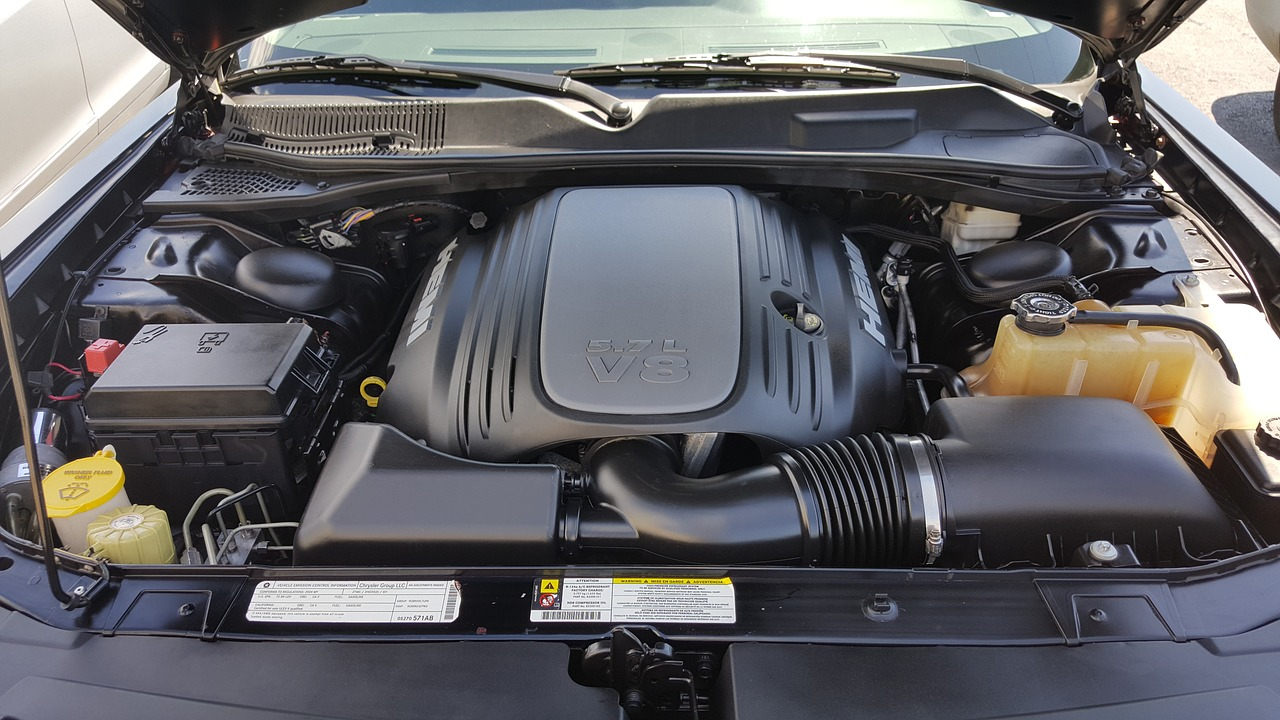5 Qualities You Want in Harness Tape for Your Engine Bay

Harness tapes are more than just tapethey are tasked with the delicate, critical job of wire harness protection. Its essential to secure engine wiring safely away from areas of the engine where it can become snagged or damaged. Look for these five qualities as you evaluate your options for materials to compose your harness tape:
1. Strong, Stable Adhesion
When wires in the engine compartment move, they risk becoming burned, torn, or ripped. Your harness tape must be a strong adhesive that you can count on to remain adhered without any stretch, sliding, or drooping over time. High-performance industrial acrylics can provide this strong adhesion on both high and low surface energy substrates (like the composite and thermoplastic components increasingly found in modern engine bays).
2. Endures Wet Weather
Humidity, rain, fog, dew, and water splashing up from puddles or slick roads can all expose harness tape to moisture, even if its under the protection of the hood. Over years of contact with moisture, many adhesives will dissolve or release, and as a result, your engine harness tape needs to be unaffected by inevitable wet conditions. Fluoropolymers (PTFE), PVC, and polyethylene are often chosen for wet applications.
3. Withstands Extreme Engine Heat
Its typical for engines to operate at temperatures that would boil water (up to 220 degrees Fahrenheit). If either the adhesive or the film backing weakens or degrades at high temperatures, your wires are at risk. This is why you need to select materials that will remain stable in extreme heat and not warp, stretch, or loosen. Raw PVC does not have a high heat tolerance, but heat stabilizers can improve it to an automotive-grade level. Polyester and vinyl tapes, however, naturally excel in extreme heat.
4. Tolerates Rapid Temperature Fluctuations
Depending on the time of year (or even the time of day), engine bays are exposed to wide ranges of environmental temperatures. Sometimes, these fluctuations can be remarkably rapidfor example, as your engine heats up and you prepare for the morning winter commute. From the beating heat of summer sun to the deep freeze of a snowstorm, the harness tape should have stable properties that will not degrade as the cycles continue.
5. Resists Corrosive Substances
Engine compartments are prone to spills, drips, and fumes from corrosive substances, including:
- Gasoline
- Oil
- Coolant
- Antifreeze
- Battery acid
- Brake fluid
In addition, there can be buildups of grime or road salt on the wiring and harness tape over the service life of the vehicle. This makes it critical that the synthetic polymers selected for your tape are impervious to corrosive substances. PVC and polyester cores are both well-known for their resistance to harsh substances, making them common choices for automotive tapes.
Ultimately, an automotive harness tape needs to be formulated as a much more permanent solution than consumer-grade tapes. Consult with a supplier of automotive films, adhesives, and tapes to learn more about your options for your harness tape project.


